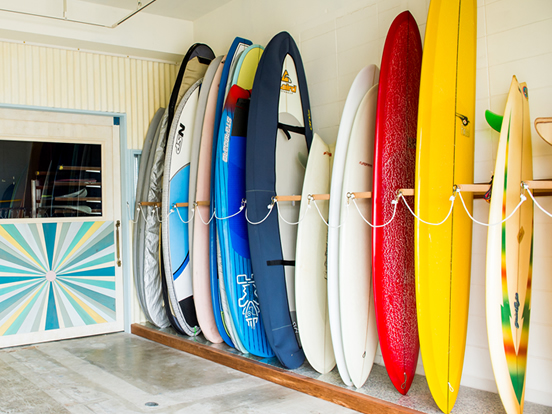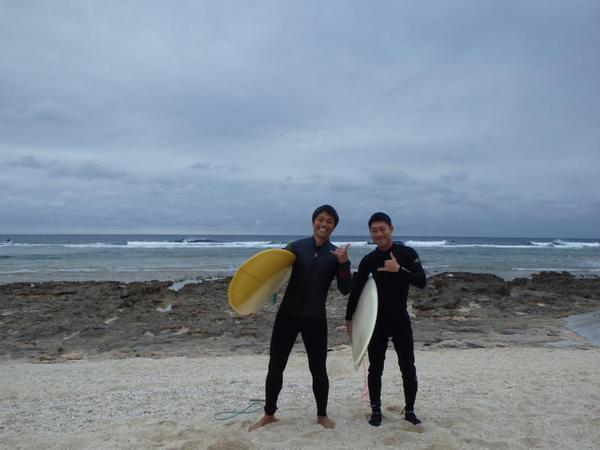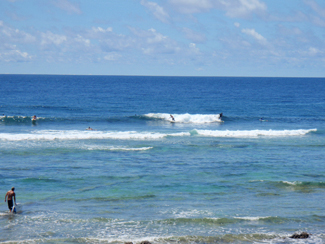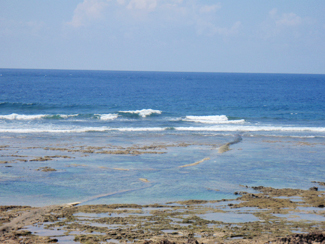First, you need to choose your board type. There are many types of board to do surfing on: short board, fun board, long board, retro board such as single fin and twin fin, and mini board such as four-fin (quad fin) and five-fin.
Choose your board type carefully. Do not use short board if you are just beginning surfing. It is your foremost priority to know how to stay balanced on a board. So we recommend that you use a longer board. Also, a thick and wide board will increase buoyancy and stability when paddling and riding.
Choose a longer and bigger fun board or long board that fits your weight, height, and physical strength.
There are many types of bodyboard whose shapes, sizes, and prices significantly vary. Their prices range from 10,000 to 60,000 yen, based on different concepts and models. Some types might make it easier for you to spin while others are professional models. We know that these differences can be confusing sometimes.
So, first, carefully choose the size of your bodyboard. Place your board upright on the ground. If the upright board goes above your bellybutton by 1 to 2 cm, then it should be good. Also, it’s best if your waist touches the tail line of the board and your elbow is open at slightly more than 90 degrees while you take the basic position on the board.
Each person has a different shoulder width, weight, and foot length. So please feel free to come and consult us about the board that might perfectly fit you. We will explain the best shape, material, and price which might match your style.






